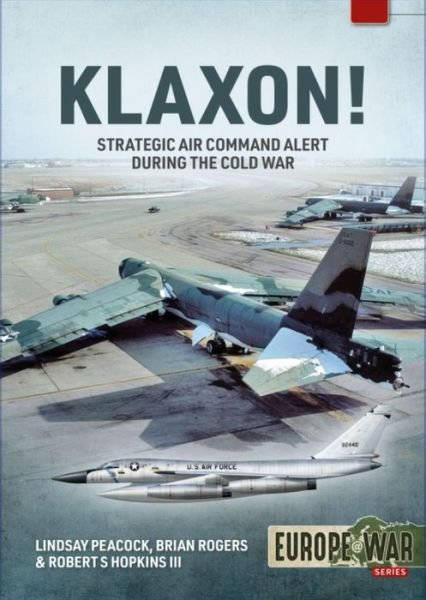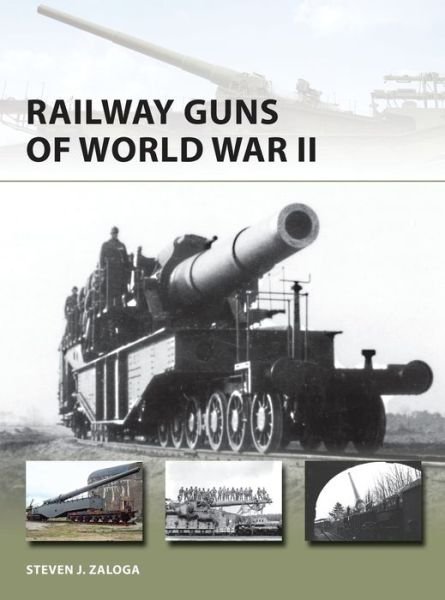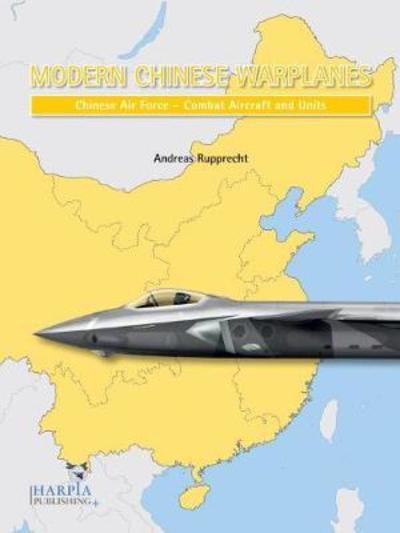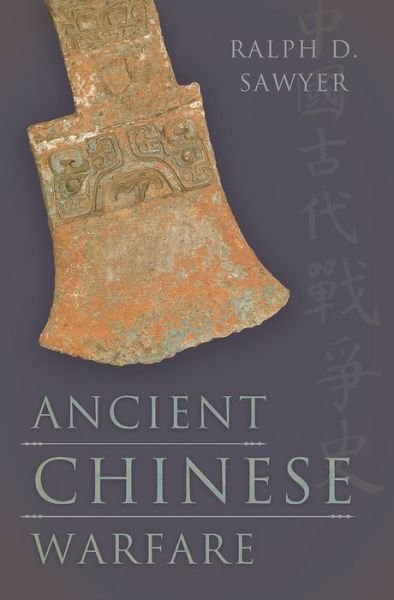
Tell your friends about this item:
Light Battle Cruisers and the Second Battle of Heligoland Bight: Lord Fisher's Oddities
Hugh Harkins
Light Battle Cruisers and the Second Battle of Heligoland Bight: Lord Fisher's Oddities
Hugh Harkins
Publisher Marketing: The naval engagement often referred to as the 'Second Battle of Heligoland Bight', fought on 17 November 1917, between elements of the British Grand Fleet and elements of the German High Seas Fleet, is often sidelined from history. While not being the major clash of fleets like the 'Battle of Jutland' the previous year, or a decisive victory for one side or the other as was the case with the 'Battle of Heligoland Bight' in August 1914, or indeed the battles of 'Coronel' and the 'Falkland Islands' in November and December 1914 respectively, it is significant in being the last naval battle of the war in which capital ships of the opposing British Grand Fleet and the German High Seas Fleet were engaged. Perhaps of more significance, this was the only time that Lord Fisher's controversial 'oddities', the Light Battle Cruisers of the Renown and Courageous Classes engaged enemy warships in battle during the war. Never, perhaps, in the annals of naval history has there been more controversial Classes of vessels, particularly with the Courageous Class and the unique HMS Furious. Often referred to as Battle Cruisers, Lord Fisher, and the Admiralty, referred to them as Light Battle Cruisers, while the Courageous Class became known as Large Light Cruisers, an epitaph attacked after the war, while the Renown Class were simply referred to as Battlecruisers, and the Furious was completed as a quasi-aircraft carrier. In his own writings Lord Fisher stated that he was considered "senile and autocratic" for pushing ahead with the Light Battle Cruisers, or "Monstrous Cruisers" as they had been labelled in some areas of Parliament. This volume sets out to describe the Light Battle Cruisers genesis and briefly outline their development and fielding in the years immediately before the action of 17 November 1917. Chapter 3 details the Second Battle of Heligoland Bight from both the German and British viewpoints, drawing on references from operational documents to support the fact that the oft-stated engagement between HMS Repulse and two German Dreadnought Battleships did not actually take place, dispelling the myth that such an engagement took place during the battle; a myth that has endured for almost 100 years. Contributor Bio: Harkins, Hugh Hugh joined the British Army straight from school at age 17 and after three years service as an Infantry Soldier in the Argyll and Sutherland Highlanders he left the armed forces towards the mid-1990's. His passion for writing led to a new career, writing predominantly about aviation and military subjects as well as putting himself through his higher education studies. Hugh has authored in excess of twenty books; fiction and non-fiction, writing under his own name as well as utilising two different Pseudonyms. He has also written for several international magazines, while his work has been used as reference for many other projects ranging from the Aviation industry, international news corporations, film media to encyclopaedias and the computer gaming industry.
| Media | Books Paperback Book (Book with soft cover and glued back) |
| Released | February 19, 2015 |
| ISBN13 | 9781903630525 |
| Publishers | Centurion |
| Pages | 74 |
| Dimensions | 170 × 244 × 4 mm · 131 g |
More by Hugh Harkins
Others have also bought
See all of Hugh Harkins ( e.g. Paperback Book and Book )

 Christmas presents can be returned until 31 January
Christmas presents can be returned until 31 January







































![Cover for Poul Villaume · Håbets gennembrud (Bound Book) [1st edition] (2024)](https://imusic.b-cdn.net/images/item/original/909/9788712077909.jpg?poul-villaume-2024-haabets-gennembrud-bound-book&class=scaled&v=1723539287)


![Cover for Henry Nielsen og Casper Andersen · Minutter i midnat (Bound Book) [1st edition] (2022)](https://imusic.b-cdn.net/images/item/original/657/9788772196657.jpg?henry-nielsen-og-casper-andersen-2022-minutter-i-midnat-bound-book&class=scaled&v=1652359804)





